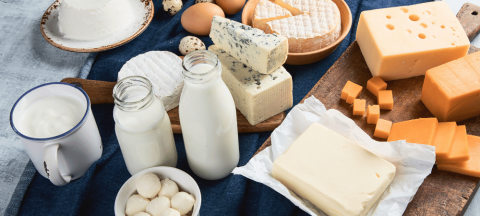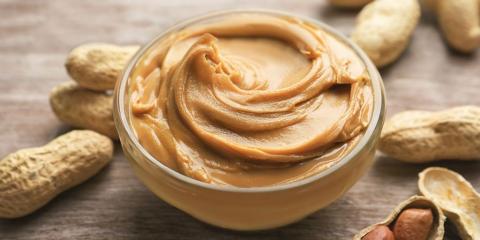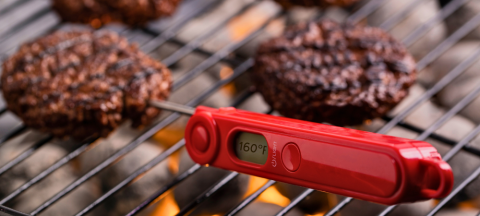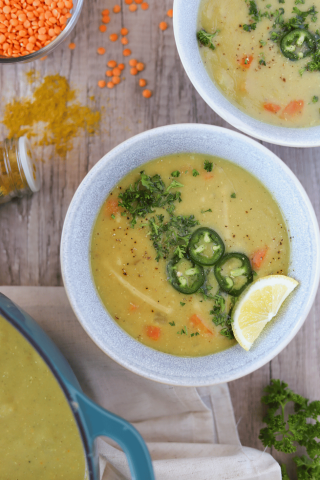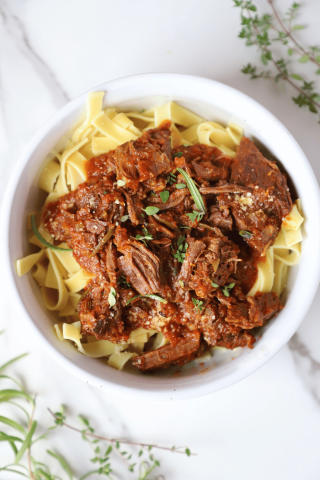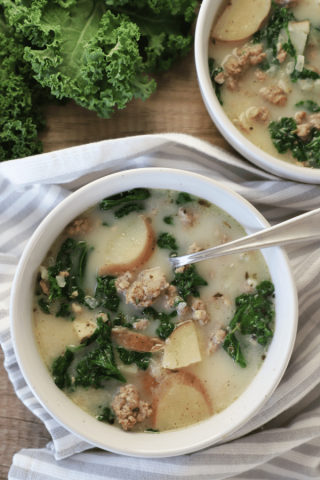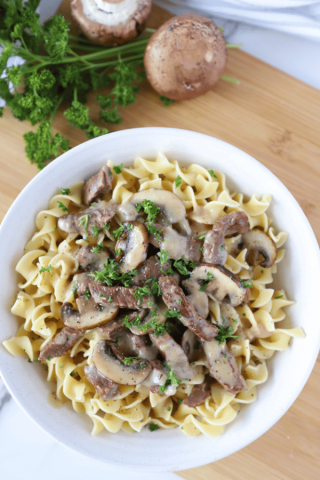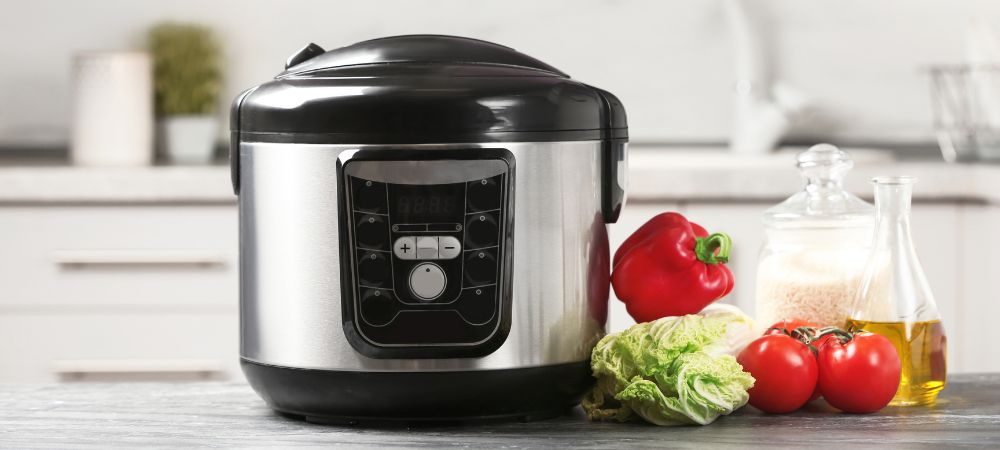
Have you jumped on the electric multi-cooker (such as an Instant Pot®*) craze? These appliances are used for slow-cooking, searing, sautéing, simmering, steaming, and much more. Probably the most talked-about use for electric multi-cookers, is the pressure cooking feature.
When looking online for electric pressure-cooking information, a variety of cooking times are listed for foods such as meat, poultry, and fish. The cooking time needed varies with the size and model of the multi-cooker, size/cut of meat, amount of liquid, pressure release used, and other factors. However, the most important step is often left out– use of a food thermometer to ensure food has reached a safe minimum internal temperature.
Using a food thermometer is the only reliable way to ensure safety of meat, poultry, and egg products. Place the food thermometer in the thickest part of the food, making sure not to touch bone, fat or gristle. According to USDA, food should be cooked to the following minimum internal temperatures as shown in the chart below. For personal preference, you may choose to cook food to higher temperatures.
If food has not reached the proper temperature after pressure cooking, it is important continue the cooking process. Whether it is going back to pressure cooking, using the sauté feature on your multi-cooker or switching to using the stovetop or oven, make sure a safe temperature is reached.
| Product | Minimum Internal Temperatures |
|---|---|
| Beef, Pork, Veal & Lamb (steaks, chops, roasts) | 145°F (62.8°C) and allow to rest for at least 3 minutes |
| Ground Meats (beef, pork, veal, lamb) | 160°F (71.1°C) |
| Ham, fresh or smoked (uncooked) | 145°F (62.8°C) and allow to rest for at least 3 minutes |
| Fully Cooked Ham (to reheat) | 140°F (60°C) for ham packaged in USDA plants 165°F (73.9°C) for all other hams |
| All Poultry (whole birds, parts, ground poultry and stuffing) | 165°F (73.9°C) |
| Eggs | 160°F (71.1°C) |
| Fish and Shellfish | 145°F (62.8°C) |
| Casseroles | 165°F (73.9°C) |
When using a multi-cooker or any other cooking method, follow these important food safety tips to keep your family safe from a foodborne illness:
- Wash your hands with soap and warm water for 20 seconds before cooking and after handling raw meat or poultry.
- Make sure your appliances, utensils and work area are clean.
- Keep perishable foods refrigerated until it is time to cook them. Be cautious using a "delayed" cook feature on slow cookers or electric multi-cookers. Bacteria multiply rapidly when food is left at room temperature.
- Place leftovers in shallow containers and refrigerate or freeze immediately. Discard food that has been sitting out longer than two hours.
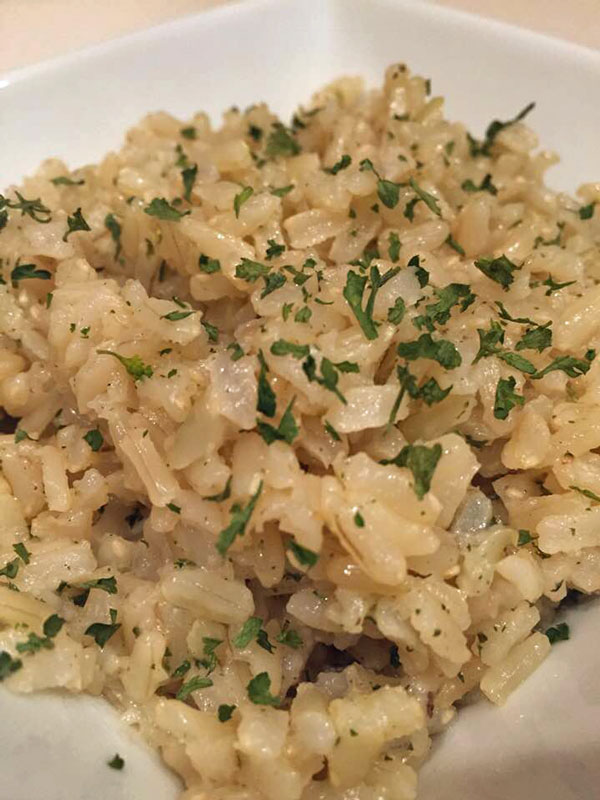
Super Quick Multi-Cooker Brown Rice Pilaf
- 2 cups uncooked brown rice
- 2 ½ cups low-sodium chicken broth
- 2 Tablespoons minced onion
- 2 teaspoons dried parsley
- 1 teaspoon garlic powder
- Salt and pepper to taste
Directions:
- Wash hands with soap and water. Add brown rice, chicken broth and minced onion to multi-cooker. Set device to 22 minutes of pressure cooking time.
- When time is up, open the multi-cooker after a 10-minute natural pressure release. Add spices; salt and pepper to taste.
- Stir to combine and serve.
- Store leftovers in a sealed container in the refrigerator for up to four days.
Nutrition Information:
- Serving Size (1/2 cup):
- Calories 123
- Total Fat 0.8g
- Sodium 174mg
- Total Carbohydrates 24g
- Fiber 2g
*Reference to commercial products or trade names is made with the understanding that no discrimination is intended of those not mentioned and no endorsement by University of Nebraska—Lincoln Extension is implied for those mentioned.
Source:
This newsletter was reviewed and updated in 2020.
Feedback Form
Feedback Form
If you do not see the article, please scroll up the page.

